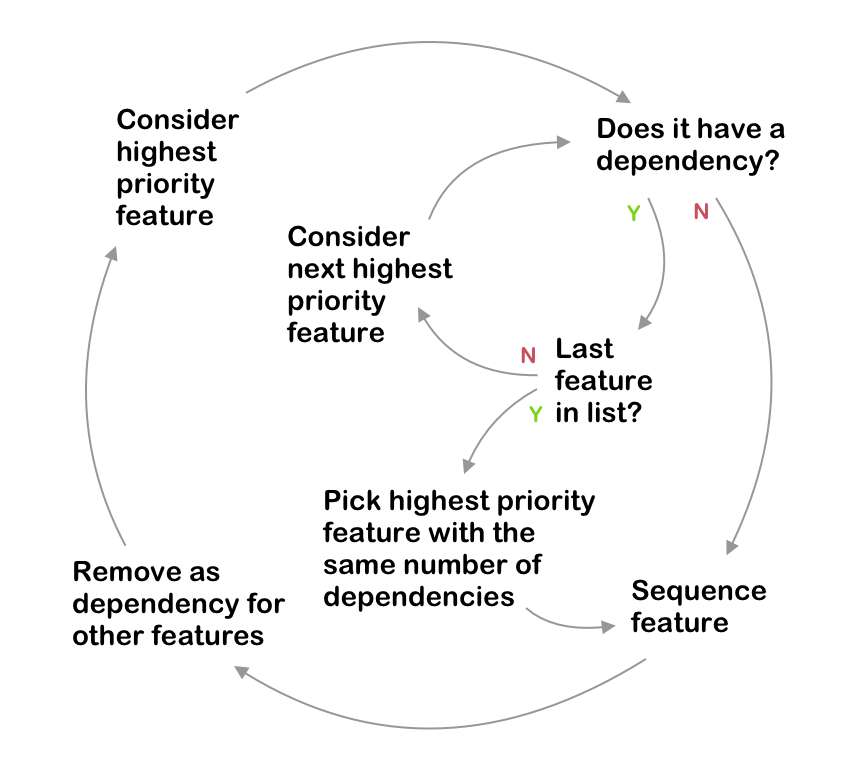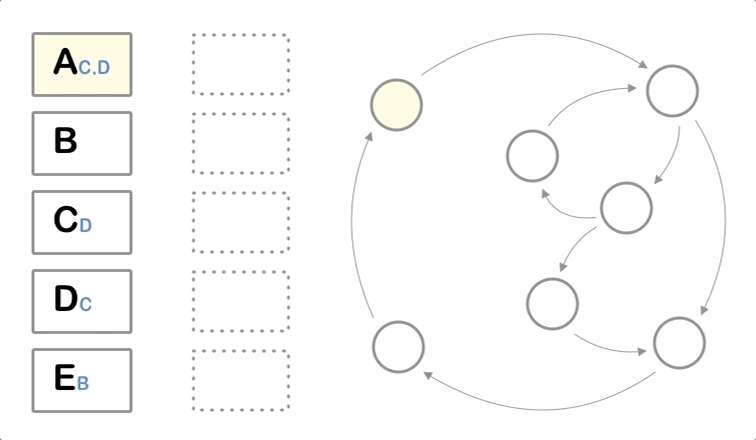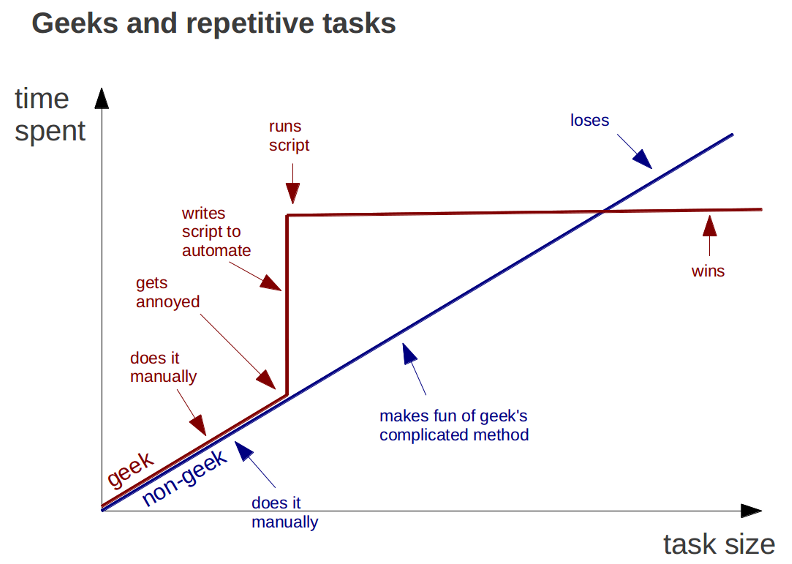# Roadmap autopilot

Prioritizing product ideas is hard. Prioritizing ideas with interconnections and dependencies is even harder.
But keeping well-organized priorities is arguably the highest leverage thing a product manager can do. To make this manageable, split the process into two steps:
- →Ranking: "All constraints aside, what's most valuable?"
- →Sequencing: "Given our priorities and constraints, what should we work on next?"
Ranking requires judgment and is always hard. Sequencing follows predictable rules and can be automated.
## The Manual Problem

When priorities change frequently or new dependencies emerge, manually recalculating the optimal feature order becomes painful. You end up spending more time shuffling roadmaps than building products.
## The Automated Solution

I built a script that automates the sequencing step. It takes your ranked priorities and dependency constraints, then calculates the optimal build order automatically.
Here's how it works:
- →Input your ranked features - List features in order of business value
- →Define dependencies - Specify which features must come before others
- →Run the algorithm - Get the optimal sequence that respects both priorities and constraints
The script uses topological sorting to find the most efficient path through your feature set while respecting all constraints.
## Why This Matters

Automating sequencing has three benefits:
- →Speed: Recalculating roadmaps takes seconds, not hours
- →Accuracy: No human errors in dependency tracking
- →Confidence: Mathematical certainty that you're building in the optimal order
## Getting Started
The script is available on GitHub with full documentation and examples. It works with any prioritization framework you're already using—it just optimizes the execution order.
Focus your brain on the hard problem of deciding what matters most. Let the computer figure out the optimal sequence.